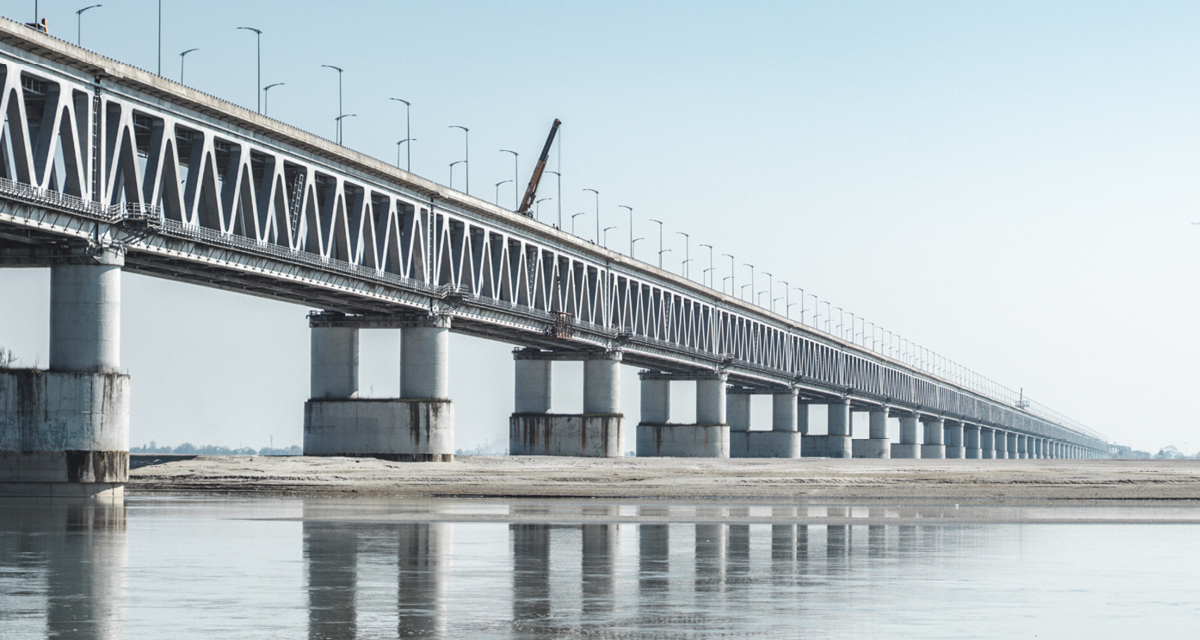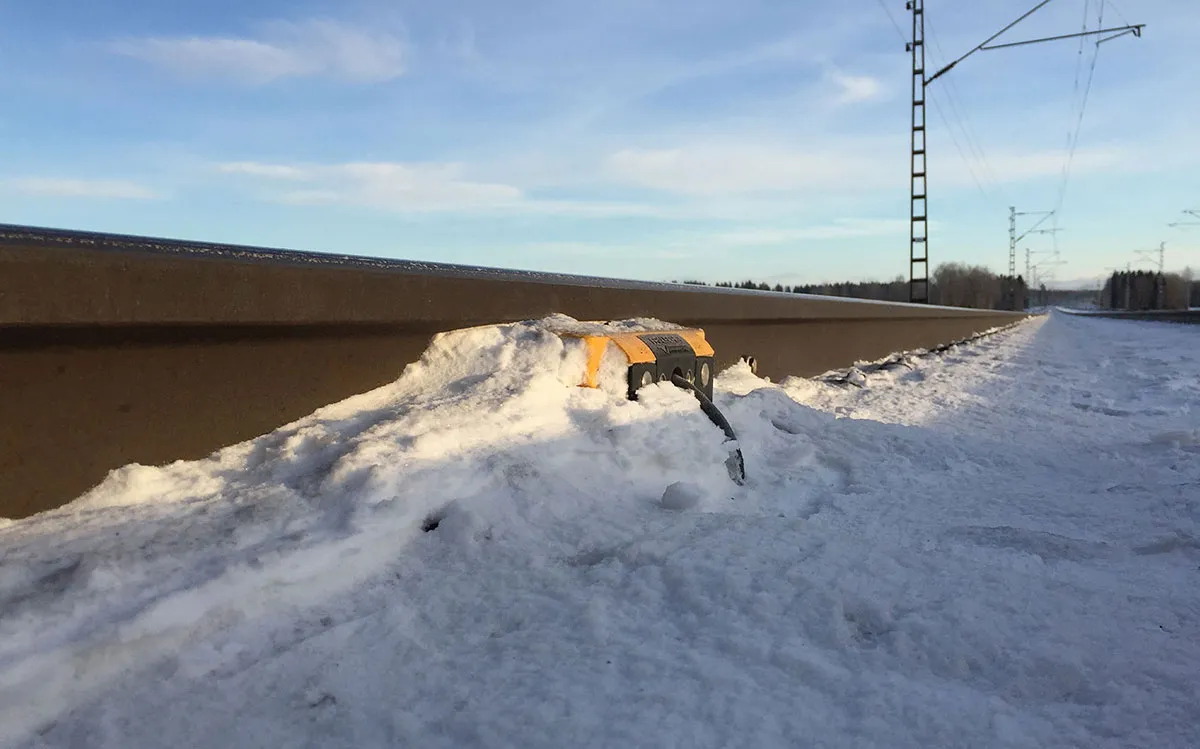

Notification Center

As part of the project to expand Merseyrail services, the operator needed to address the challenge of transmitting indication information over a specific section, spanning from Headbolt Lane to Rainford. In this instance, Frauscher’s technology was utilised to fulfill the data transmission requirements of this project, avoiding expensive and time consuming cabling that would have otherwise been required.
This particular project aimed to extend Merseyrail services from Kirkby Station to a new station at Headbolt Lane. A major requirement consisted of the need to transmit TPWS indications, track circuit interrupter, and arrival and departure interrupter information from Headbolt Lane to Rainford, spanning 7 km. Initial plans involved installing new troughing and cables, a process that would require extensive access planning and would pose significant scheduling challenges due to the tight project timeline. Consequently, the Frauscher data transmission solution was selected as a more efficient alternative to address these requirements.
The Frauscher data transmission solution eliminated the need for new cable installations by leveraging the existing FTNx telecoms network. It enabled safe transmission of various status indications, meeting SIL 4 standards with its QUAD input configuration, which ensured redundancy and reliability without external monitoring. Additionally, the Frauscher Diagnostic System (FDS) provided real-time and historical data access, enhancing system oversight.

Cost-effectiveness
The Frauscher data transmission solution was selected for its competitive cost. One of the key advantages is its ability to minimise overall project costs by removing the necessity to install new cables and additional infrastructure. This feature significantly reduces both initial and long-term costs, making it an economically attractive solution.
Reduced On-Site Activity
The system is designed to enable a significant portion of the work to be completed off-site, which greatly decreases the extent of on-site operations. This approach not only simplifies project management but also helps minimise disruptions to ongoing activities during the construction phase.
Accelerated timeline
The implementation of this solution considerably shortened the overall project duration by eliminating the need for the time-consuming installation of 7 km of new troughing and cabling. This process would have required extensive planning for access and additional time for execution.
A key advantage was the ability to conduct most work off-site, minimising on-site activities and reducing disruptions during construction. This feature simplified project management and accelerated the timeline by avoiding the complex process of laying new cables. Cost-effectiveness was another benefit, as the system reduced overall expenses by using existing infrastructure. Furthermore, fewer civil engineering tasks meant lower risk of delays, particularly during final commissioning. The proven reliability of Frauscher's technology, backed by successful past implementations, reinforced the client's confidence in choosing this solution for the project.




